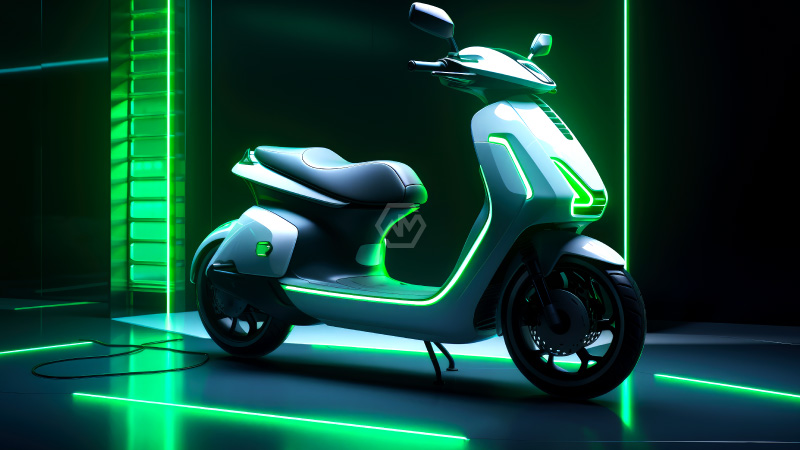- In 2024, the number of E2W sold in India is predicted to exceed one million.
- Godawari Electric Motors intends to sell about 30,000 units by 2024 after starting its E2W journey in India in January.
- About 10,000 electric scooters have been sold by Shema Electric since the scooters’ September launch.
In 2024, the number of electric two-wheelers (E2W) sold in India is predicted to exceed one million due to factors such as affordability, growing production, and rising demand.
Growth is anticipated to be fueled by elements like government incentives, environmental awareness, and technical advancements. It is anticipated that government support in the form of incentives, subsidies, and advantageous regulations will be essential to the market’s expansion.
Electric two-wheelers
Godawari Electric Motors intends to sell about 30,000 units by 2024 after starting its E2W journey in India in January. The CEO of Lohia Auto, Ayush Lohia, projects that government incentives and a spike in sustainable mobility initiatives will propel the adoption of E2W in 2024.
The range of electric bikes will be increased by improved energy density and battery efficiency, and more innovative designs could result in more aesthetically pleasing and ergonomic electric two-wheelers that appeal to a wider range of consumers. The development of infrastructure and advancements in battery technology are expected to cause manufacturers to increase production.
The emphasis on environmentally friendly transportation and government programs encouraging electric vehicles are predicted to greatly increase consumer interest on a global scale. Producers are preparing to broaden their range of products to meet a variety of consumer demands, with an emphasis on advancing battery technology.
About 10,000 electric scooters have been sold by Shema Electric, an electric two-wheeler manufacturer, since the scooters’ September launch. With long-term, sustainable policies, Yogesh Kumar Lath, founder and CEO of Shema Electric, highlights the need for increased government support towards EV start-ups.
Nevertheless, issues like pricing, charging infrastructure, and changing governmental regulations still exist. Experts in the field are concentrating on developing advanced batteries through research and development while also looking into economical projects.
The cost issues in tier 2 and tier 3 cities are caused by inconsistent government policies, a lack of high-quality components, and inadequate charging infrastructure. Through ongoing research and development for cutting-edge batteries, economical initiatives, customer education, and dependable service, the industry hopes to positively influence its current state of affairs.



